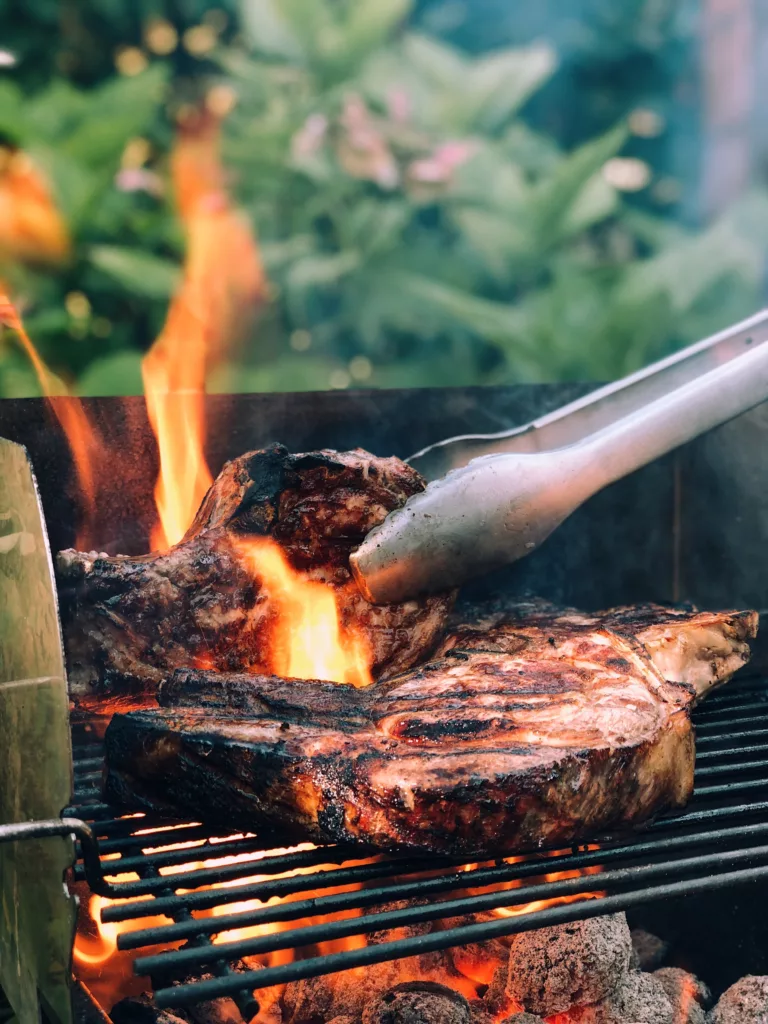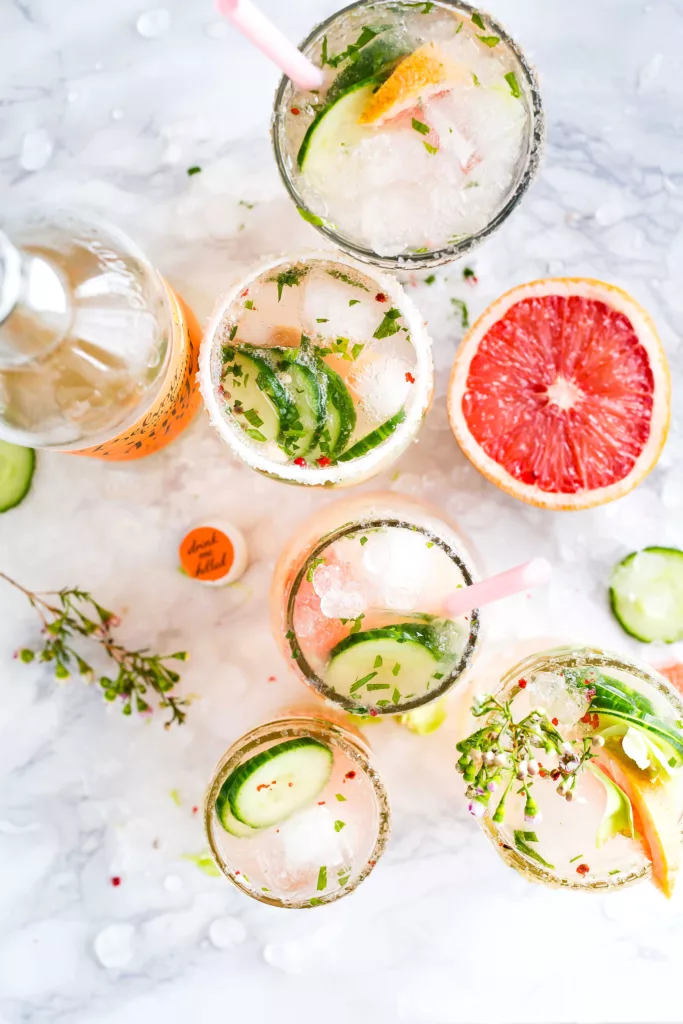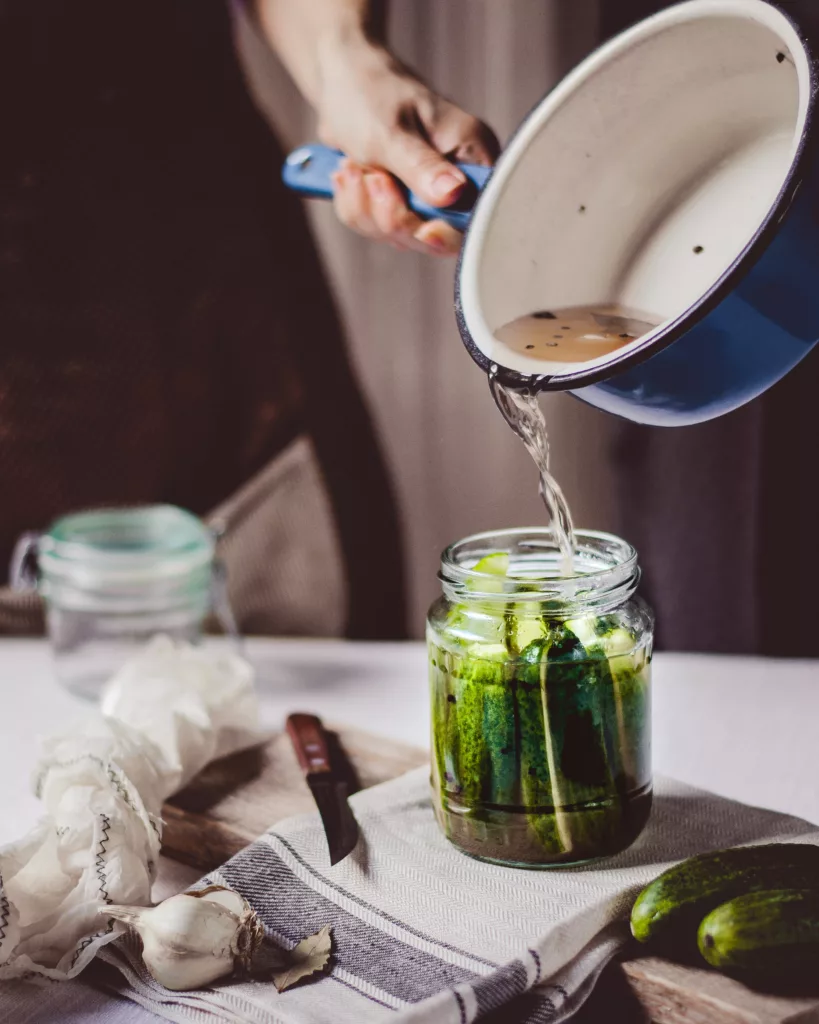In the Garden
Summer in the garden is the best of times and the hardest of times. All the hard work you put into the garden in spring is finally bearing fruit and abundance is everywhere. However, it’s important to stay engaged throughout the heat of summer, as maintaining a clean and pest-free garden becomes a challenge. Don’t let up though because the effort you invest now will reap immense rewards in the upcoming fall and winter seasons.
— SELECT —
- June
- July
- August
Vegetables
Plant Sweet Potato Slips
Direct Seed – beans, summer squash, basil, and cucumbers for a late summer harvest
Trellis tomatoes and remove suckers
Pinch herbs to promote bushy growth
Harvest your onions and garlic!
Flowers:
Direct seed – Sunflowers, Nasturtiums, and marigolds.
VEGETABLES:
Direct seed – Pumpkins for an October harvest
In late July, start your cabbage, broccoli, cauliflower, and kale seeds indoors. These will be transplanted into the garden in September.
In the middle of summer, there will likely be some plants from late spring plantings that need to be removed. Keep an eye out and remove these ASAP. After cutting them back, generously cover the area with mulch, allowing it to settle for about a week, before planting anything new.
VEGETABLES | FLOWERS:
Fertilize flowering plants with an organic fertilizer to give a boost. Fertilize once more before the end of the season.
Vegetables:
Harden off July planted vegetables
Check soil moisture of container grown plants daily
Direct seed in mid to late August – Peas, potatoes, kale, collards, kohlrabi, and turnips
Harvest zuchinni and squash everyday to encourage production
Flowers:
Good time to order and plant spring flowering bulbs
Continue to “dead-head” flowers to encourage development of more blooms and a late flowering display
Around the garden in Summer
The summer months are some of the busiest of the year. There is no shortage of things to do, places to go, and people to see. With that in mind, the garden is no different, nor is the work around and outside the garden. With plenty to do, here are a few items to consider outside the garden this summer that can often get overlooked.
Mulching
Mulch is truly a gardener’s ally, making life so much easier. During the summer months, when days are longer and temperatures soar, we often face dry spells that can quickly deplete moisture from the soil. That’s where mulch comes in. Its presence helps to retain moisture by providing shade and allowing water to penetrate deeply when it does rain, preventing runoff. In the summer, take a moment to check around your trees, shrubs, and garden to ensure they are well-mulched. If you find any areas lacking mulch, simply add a fresh layer. By prioritizing mulching, you’ll help keep your plants happy and thriving during the hot summer days.
Avoid Prunning
Avoiding pruning during the summer is a good idea for a few reasons. First, during this season, plants are busy growing and putting all their energy into making leaves, flowers, and fruits. If we prune them, it can interrupt their growth process and take away the resources they need to thrive. Second, pruning in the summer can make plants more vulnerable to stress, diseases, and bugs. When we cut branches or stems, we create open wounds that can get infected or attract pests that are more active in warm weather. Plus, pruning can expose delicate plant tissues to too much sunlight, which can cause sunburn and harm the plant. Lastly, many plants bloom in the spring or early summer, and if we prune them during this time, we might accidentally remove the flower buds or disrupt their natural blooming cycle. It’s generally better to prune trees and shrubs when they’re dormant or in early spring before new growth starts. This way, the plants have time to recover and grow without any unnecessary stress.
Raspberries
One of, if not my very favorite fruit, is the raspberry. It produces twice a year, once in the spring and then a second crop in the fall, and is easy to grow. IN the summer is when you will want to cut out any old flowering canes. These canes are the ones that bore fruit in spring and will be dying off. Leave 3-4 canes per foot. Wait until the spring to prune back the tips of shoots.
SEASONAL LIVING IN SUMMER
Living seasonally is about embracing the natural rhythms and changes of each season, and finding ways to connect with the world around us in meaningful and rewarding ways. In this section, we’ll explore some of the best ways to live seasonally during the summer months. From soaking up the sun and enjoying the water’s edge to stargazing on a clear, summer night, there are many ways to make the most of the summer season and celebrate its unique characteristics. Whether you’re looking for new ideas and inspiration or simply seeking to deepen your connection with the natural world, this section will provide plenty of helpful tips and suggestions for living seasonally during the summer.
water retreat
Summer in the south is for lakes, creeks, rivers, and beaches. Take a break from the hustle and bustle of daily life and find solace by visiting the coast or a nearby lake. There, you can immerse yourself in the calming sounds of water and the expansive beauty of the surrounding scenery. Whether you choose to soak up the sun, go for a swim, or simply unwind by the water’s edge, allow yourself to embrace the revitalizing essence of summer.
nighttime stargazing
Summer in the south is for lakes, creeks, rivers, and beaches. Take a break from the hustle and bustle of daily life and find solace by visiting the coast or a nearby lake. There, you can immerse yourself in the calming sounds of water and the expansive beauty of the surrounding scenery. Whether you choose to soak up the sun, go for a swim, or simply unwind by the water’s edge, allow yourself to embrace the revitalizing essence of summer.
outdoor concerts
Attend open-air concerts, music festivals, or cultural events that celebrate the summer season. Immerse yourself in the vibrant atmosphere, enjoy live performances, and connect with the energy of the community.
Summer in the Kitchen
Eating seasonally in the summer allows us to savor the abundant flavors and nutritional benefits offered by nature during this vibrant time of year. As the sun shines bright and local produce thrives, there are various ways to tailor your cooking and eating practices to embrace the essence of summer in the southeast US. Here are a few suggestions:

Embrace Fresh Fruits and Vegetables:
Like you did in spring, incorporate an abundance of locally grown fruits and vegetables into your meals. Enjoy juicy watermelons, ripe tomatoes, sweet corn, colorful peppers, and crisp cucumbers that are in peak season during the summer.

Explore Light and Refreshing Salads
Create vibrant and refreshing salads using a variety of seasonal ingredients. Combine leafy greens, berries, citrus fruits, and herbs to create delightful and nutritious salads that provide a burst of flavors and keep you cool during the hot summer days. Additionally, whip up a delicious pasta salad using colorful vegetables like cherry tomatoes, cucumbers, bell peppers, and olives. Toss it with a tangy vinaigrette for a satisfying and refreshing summer meal. Another way to make use of fresh summer herbs is by making pesto. Blend together basil leaves, garlic, pine nuts, Parmesan cheese, and olive oil to create a versatile and aromatic sauce that can be used as a spread, dip, or pasta sauce.

Take To The Grill
Take advantage of outdoor grilling and cook with seasonal delights. Grill fresh summer squash, eggplant, bell peppers, and sweet onions for flavorful and charred vegetable skewers. Also, savor the smoky goodness of grilled peaches or pineapple for a delightful dessert.

Hydrate with Infused Waters and Cool Beverages
Stay hydrated and refreshed by infusing water with slices of citrus fruits, berries, or herbs like mint or basil. Experiment with homemade iced teas, lemonades, or fruit-infused coolers using seasonal ingredients to beat the summer heat.

Preserve Summer’s Bounty
Extend the enjoyment of summer produce by preserving them for later use. Make jams, pickles, or sauces using surplus fruits and vegetables. Freeze berries or make homemade popsicles using fresh fruits and natural sweeteners.
What’s In Season
( Summer )
Summer in the South is a delightful season abundant with tomatoes, watermelons, peaches, and many other delights. It’s a cherished time for food enthusiasts as farmers’ markets showcase an array of seasonal fruits and vegetables, boasting flavors at their peak. In this season, the mantra “more is more” reigns true as the bountiful harvest calls us to indulge in the richness it offers. Embrace the array of flavors this summer brings and enjoy the opportunity to savor the finest produce the season has to offer.
Vegetables
- TOMATOES
- ZUCHINNI
- CUCUMBERS
- bell peppers
- green beans
- OKRA
- EGGPLANT
- sweet corn
- SUMMER SQUASH
- collard greens
Fruits
- STRAWBERRIES
- BLUEBERRIES
- RASPBERRIES
- BLACKBERRIES
- peaches
- WATERMELONS
- CANTELOPES
- Pears
- APPLES
- Figs
- grapes
CALENDAR OF FIRSTS
A calendar of firsts serves as a meaningful tool to celebrate and connect with the ever-changing rhythms of nature throughout the year. Its purpose is to document and acknowledge the first occurrences of various events and natural phenomena that mark the transition of seasons. By recording the first blooming flowers, migrating birds, or changing foliage, individuals deepen their awareness of the subtle shifts that unfold in the natural world. This heightened observation cultivates a sense of awe and appreciation for the beauty and diversity of our environment. Moreover, a calendar of firsts invites us to engage in a deeper relationship with the natural world, fostering a sense of connection, mindfulness, and gratitude. It allows us to truly immerse ourselves in the present moment and develop a greater understanding of the intricate cycles that shape our lives and the world around us.
These are general examples for zone 7 in the southeast US. Specific occurances will depend on your regional climate and conditions. Keeping a personal calendar or journal will allow you to capture the unique experiences and observations of each month in your region.
-
First firefly show at dusk
The first blooms of sunflowers in the garden
First dragonfly spotting
First bite into a local blueberry
First bite into a vine ripe, local tomato
-
The first powerful summer thunderstorm
The first bite into fresh sweet corn
First bite into a local, juicy watermelon. The quintessential summer treat.
First bite into a fresh peach
-
Arrival of cicadas and their rhythmic chorus of buzzing at the height of summer
Observe the first mesmerizing display of the annual Perseid meteor shower, with shooting stars streaking across the night sky in a captivating celestial event.
The Night Sky
Looking up at the night sky can be a breathtaking experience, and each season offers its own unique celestial events and wonders. From meteor showers and comets to planetary alignments and constellations, the night sky can be a source of wonder and inspiration. In this section, we’ll explore some of the most notable celestial events that you can observe during each season of the year. Whether you’re a seasoned astronomer or simply someone who enjoys stargazing, this section will help you connect with the natural rhythms of the universe and appreciate the beauty and mystery of the night sky.
Noctilucent clouds are unique cloud formations that occur at high altitudes in the Earth’s atmosphere. Composed of ice crystals, these clouds appear to glow or shine in a mesmerizing silver-blue color during twilight or after sunset. Look towards the north after sunset or before sunrise for a chance to witness these mesmerizing clouds.
June’s full moon, often referred to as the Full Strawberry Moon, is a special lunar event. Though the full moon itself is not edible, its arrival signals the start of strawberry harvesting season in North America. Many Algonquin tribes recognized this as a significant sign that wild strawberries were beginning to ripen, inviting the awaited harvest.
The Delta Aquarid meteor shower, which peaks in late July, offers a chance to see shooting stars originating from the direction of the constellation Aquarius.
Early Native American tribes named July’s full moon the Buck Moon, as it coincided with the time when male deer started growing their new antlers. Additionally, it has earned the name Thunder Moon due to the prevalence of thunderstorms during the early summer season. The combination of humidity and rising hot air creates the perfect conditions for these storms to form, bringing the rumble of thunder and electrifying displays of lightning.
Look for the annual Perseid meteor shower, which typically peaks around the middle of August and provides a spectacular display of shooting stars originating from the direction of the constellation Perseus.
During the month of August, we witness the Full Sturgeon Moon, named after the remarkable fish species that once flourished in the lakes and rivers of North America during the summer season. Sturgeons, ancient living fossils, have remarkably persisted over time, with fossil records dating back to the earliest eras. These incredible creatures can reach lengths of up to 3.5 meters, equivalent to the height of two adult humans stacked together. Sadly, in modern times, the sighting of sturgeons during the Full Sturgeon Moon has become exceedingly rare. This majestic species now faces critical endangerment, making them one of the most threatened groups of organisms on our planet.
Important Dates To remember during Summer
Discover the crucial dates that shape your gardening and seasonal living journey.
Summer Solstice – june 20-21
The Summer Solstice marks the official beginning of summer and the longest day of the year. It’s a significant event that symbolizes the peak of the sun’s power and the height of summer.

